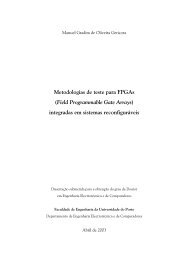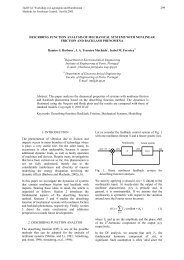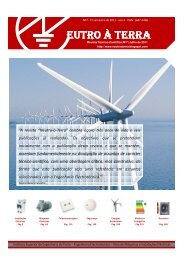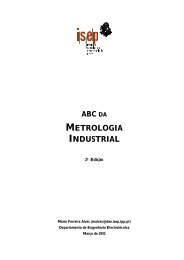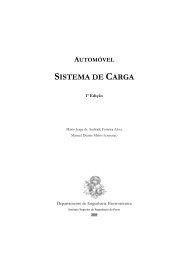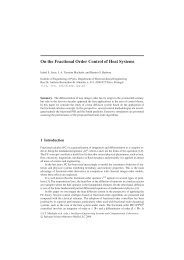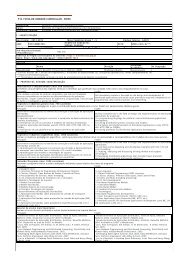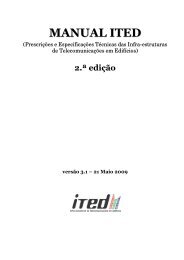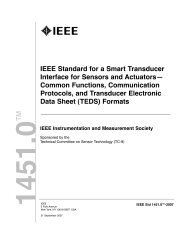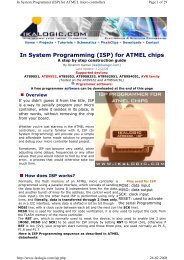AUTOMOTIVE ELECTRICAL CIRCUITS AND WIRING
AUTOMOTIVE ELECTRICAL CIRCUITS AND WIRING
AUTOMOTIVE ELECTRICAL CIRCUITS AND WIRING
You also want an ePaper? Increase the reach of your titles
YUMPU automatically turns print PDFs into web optimized ePapers that Google loves.
Figure 2-41.- Field winding configurations.<br />
SIX WINDINGS, SERIES-PARALLEL<br />
Three pairs of series-wound field coils provide the magnetic field for a heavy-duty<br />
starter motor. This configuration uses six brushes.<br />
THREE WINDINGS, TWO SERIES, ONE SHUNT<br />
The use of one filled coil that is shunted to ground with a series-wound motor controls<br />
motor speed. Because the shunt coil is not affected by speed, it will draw a steady<br />
heavy current, effectively limiting speed.<br />
DRIVE END FRAME<br />
The drive end frame is designed to protect the drive pinion from damage and to<br />
support the armature shaft. The drive end frame of the starter contains a bushing to<br />
prevent wear between the armature shaft and drive end frame.<br />
Types of Starting Motors<br />
There are two types of starting motors that you will encounter on equipment. These are<br />
the direct drive starter and the double reduction starter. All starters require the use of<br />
gear reduction to provide the mechanical advantage required to turn the engine<br />
flywheel and crankshaft.<br />
DIRECT DRIVE STARTERS<br />
Direct drive starters make use of a pinion gear on the armature shaft of the starting<br />
motor. This gear meshes with teeth on the ring gear. There are between 10 to 16 teeth<br />
on the ring gear for every one on the pinion gear. Therefore, the starting motor<br />
revolves 10 to 16 times for every revolution of the ring gear. In operation, the starting<br />
motor armature revolves at a rate of 2,000 to 3,000 revolutions per minute, thus<br />
turning the engine crankshaft at speeds up to 200 revolutions per minute.<br />
DOUBLE REDUCTION STARTER<br />
The double reduction starter makes use of gear reduction within the starter and the<br />
reduction between the drive pinion and the ring gear. The gear reduction drive head is<br />
used on heavy-duty equipment.<br />
Figure 2-42 shows a typical gear reduction starter. The gear on the armature shaft does<br />
not mesh directly with the teeth on the ring gear, but with an intermediate gear which<br />
drives the driving pinion. This action provides additional breakaway, or starting<br />
torque, and greater cranking power. The armature of a starting motor with a gear<br />
<strong>AUTOMOTIVE</strong> <strong>ELECTRICAL</strong> <strong>CIRCUITS</strong> <strong>AND</strong> <strong>WIRING</strong> 48/ 101



